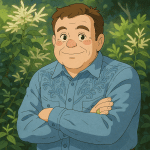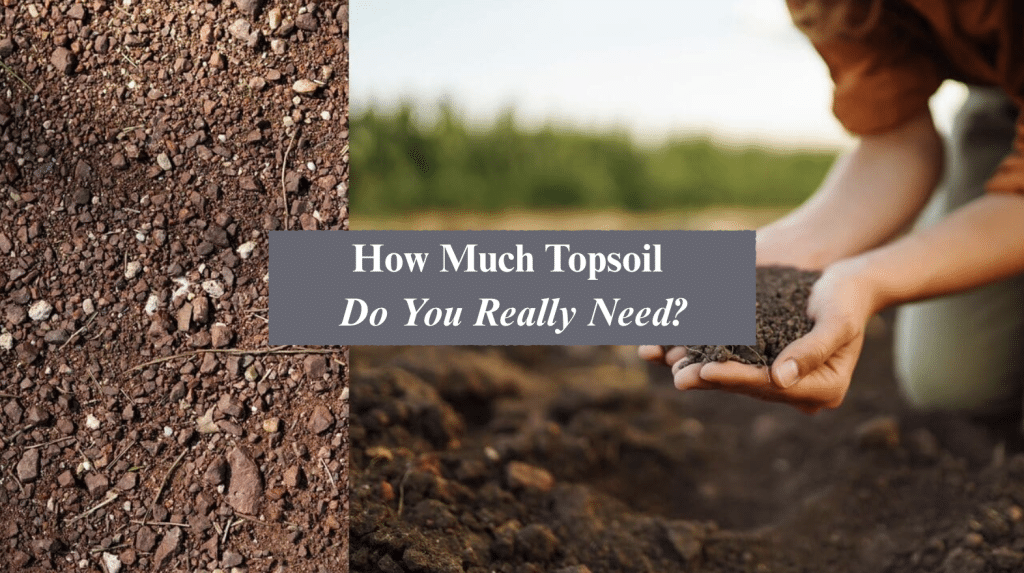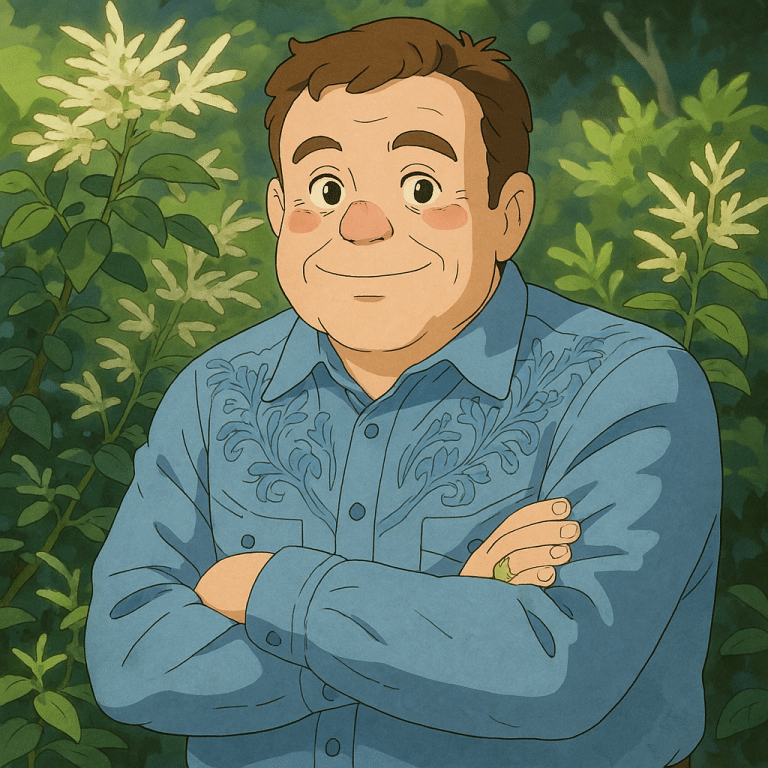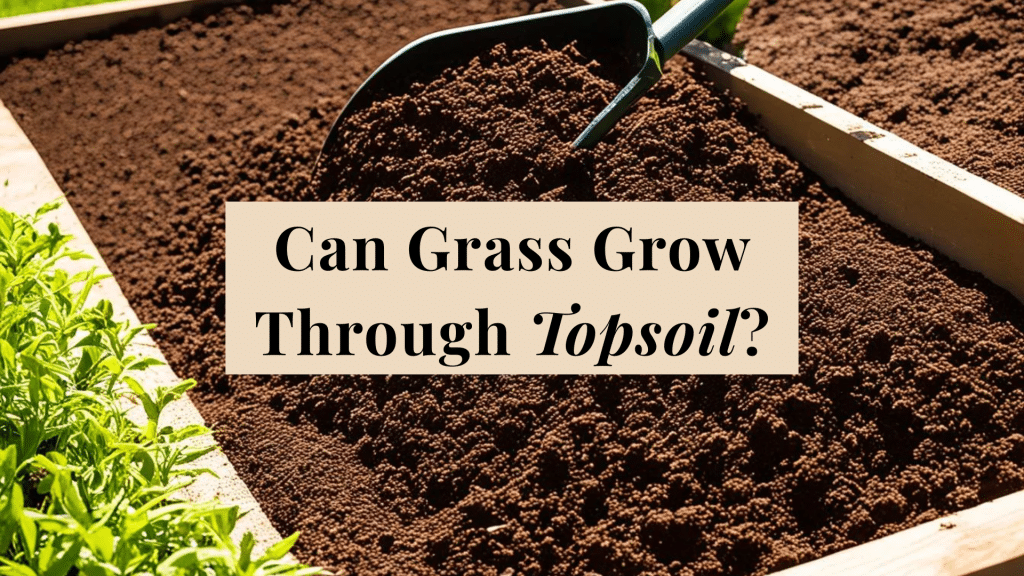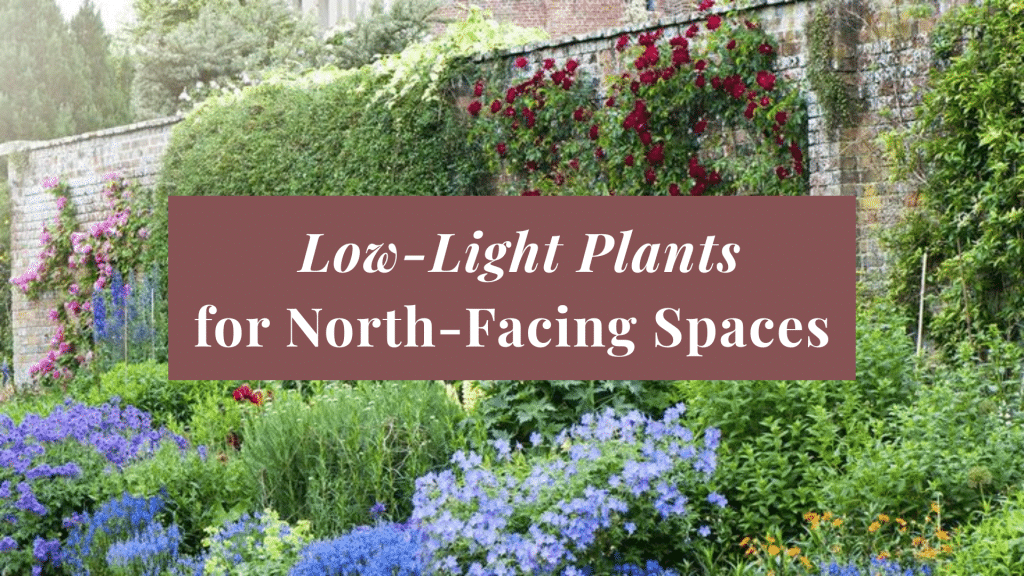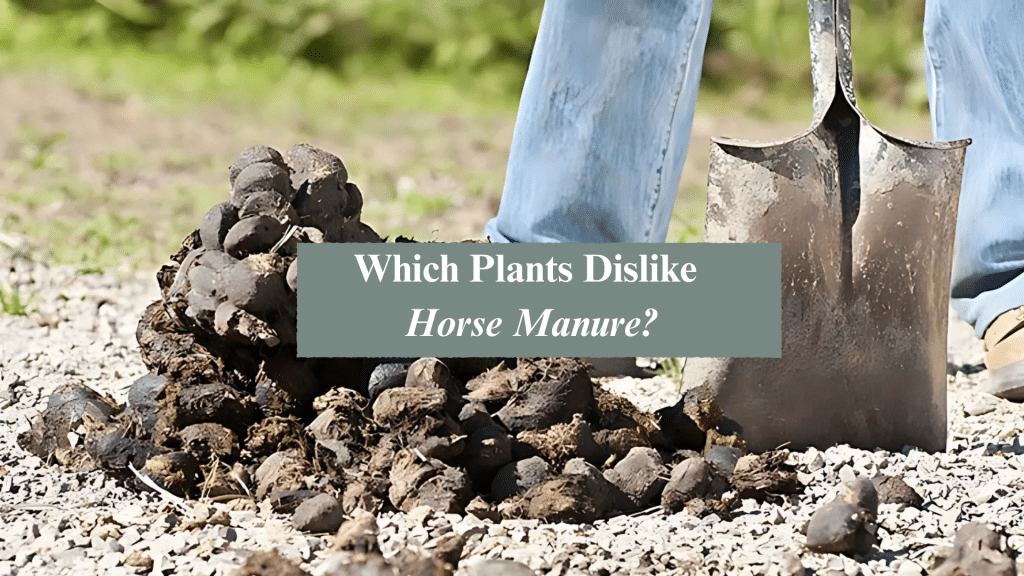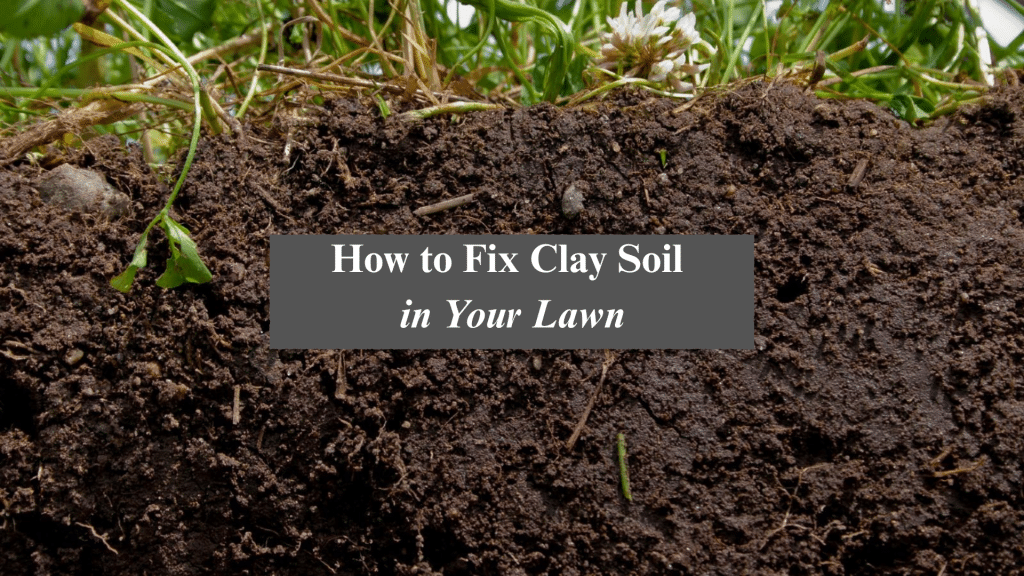I know how confusing it can be to figure out how much topsoil you need. I’ve been there too—standing in the garden center, guessing how many bags to grab. It’s easy to feel unsure.
But don’t worry. In this blog, I’ll walk you through a simple way to measure and calculate the right amount. You don’t need any fancy tools or hard math. Just a few quick steps, and you’ll know exactly what to buy.
Topsoil is important for growing healthy plants, filling raised beds, or fixing bare spots in your yard. Using the right amount can save you time, money, and effort. I’ll keep things easy to follow and straight to the point.
By the end, you’ll feel ready to head to the store with a solid plan. Let’s get started and figure it out together.
What Exactly Is Topsoil and Why Is It So Important for Your Yard?

Topsoil is the upper layer of the earth. It’s where grass, plants, trees, and vegetables grow. This layer is rich in nutrients, organic matter, and tiny living things that help roots grow deep and strong.
Most topsoil is:
-
Dark brown or black in color
-
Loose and crumbly in texture
-
2 to 12 inches deep, depending on the area
Good topsoil helps your plants grow faster and healthier. Without it, the ground may be too hard or dry. Your plants could struggle, and water might not drain properly.
Why Does Getting the Right Amount of Topsoil Matter So Much?
You may wonder—can’t I throw some soil on the ground and see what happens? The truth is, getting the right amount of topsoil makes a big difference in how your yard or garden turns out.
-
Too little topsoil: Roots may not grow deep enough. Plants can dry out fast. You’ll end up with weak, patchy grass or plants that don’t bloom.
-
Too much topsoil: You might waste money, especially if you’re buying in bulk. Thick layers can also block water and harm your grass if not spread correctly.
Having the correct amount of topsoil:
-
Keeps your soil level even
-
Helps water soak in instead of running off
-
Supports strong plant growth
-
Saves you time and effort later
Tools You’ll Need to Measure and Calculate Topsoil
Before you start measuring, it helps to gather a few simple tools:
-
Measuring tape or ruler: to check the length and width of your area
-
Pen and notebook: to write down the numbers
-
Calculator or phone: to do the math easily
-
Shovel or trowel: to test the current soil depth, if needed
-
String and stakes (optional): to mark out spaces in your yard
You don’t need anything expensive. These basic tools will help you plan more effectively and ensure you purchase the right amount.
How to Measure the Area Where You Want to Add Topsoil

To know how much topsoil you need, you first need to figure out the size of the space you’re working with. This is called the surface area, and you measure it in square feet.
1. Measuring a Rectangle or Square Area
If the space is a simple square or rectangle, like a backyard lawn or a garden bed, measuring is easy. You need to find out the length and the width. These two numbers will help you calculate the square footage. Square footage just means how many square feet the space covers.
Use a tape measure to check how long the area is from one end to the other. Write that number down. Then measure the width, which is the shorter side across the space. Multiply those two numbers together. That will give you the total square feet.
For example, if your garden is 10 feet long and 6 feet wide, the total area is: 10 × 6 = 60 square feet.
2. Measuring a Circular Area
If your space is round, like a circular flower bed or small lawn, the measuring is a little different. You will still use a tape measure, but this time you measure across the circle, straight through the middle. This is called the diameter.
Once you have the diameter, divide that number by 2 to find the radius. The radius is the distance from the center of the circle to the edge.
Now, use this formula to find the area: Area = 3.14 × radius × radius.
For example, if the diameter is 8 feet, the radius is 4 feet. The area is: 3.14 × 4 × 4 = 50.24 square feet.
This is the space you’ll need to cover with topsoil.
3. Measuring an Irregular or Odd-Shaped Area
Some yards or gardens don’t have a neat shape. They might curve or have sections that stick out. That’s okay. You can still measure these areas, but you’ll need to break them down into smaller shapes.
Try to imagine the space as a few rectangles, triangles, or circles. Measure each section on its own and find the area for each shape. Once you’ve done that, add all the numbers together to get the full total.
It might take a few extra steps, but this method works well for any shaped space. Just take your time, double-check your numbers, and write them down as you go.
How Deep Should the Topsoil Be for Different Projects?
After measuring the area, the next step is figuring out the depth of topsoil you need. This depends on what you’re planting or fixing.
| Project Type | Recommended Depth |
|---|---|
| Grass or Lawn Repair | 3 to 6 inches (0.25–0.5 feet) |
| Vegetable Garden Beds | 6 to 12 inches (0.5–1 foot) |
| Flower Beds | 6 to 10 inches |
| Raised Garden Beds | 12 inches or more |
| Filling Low Spots in Yard | 2 to 4 inches |
| Leveling Uneven Ground | 1 to 3 inches |
How to Calculate How Much Topsoil You Need in Cubic Feet
Now that you have the area in square feet and the depth in feet, you can figure out the volume in cubic feet.
Formula: Area × Depth = Cubic Feet
Example:
You have a space that is 100 square feet and want 6 inches (0.5 feet) of topsoil:
100 × 0.5 = 50 cubic feet of topsoil needed
How to Convert Cubic Feet into Cubic Yards

Most topsoil is sold in cubic yards, not cubic feet.
1 cubic yard = 27 cubic feet
So, take your cubic feet number and divide by 27.
Formula: Cubic Feet ÷ 27 = Cubic Yards
Example:
50 cubic feet ÷ 27 = 1.85 cubic yards
Round up to 2 cubic yards just to be safe.
How Many Bags of Topsoil Do I Need?
If you are buying topsoil in bags, this is what you need to know:
-
Small bags: 0.75 cubic feet
-
Larger bags: 1 cubic foot
Formula: Cubic Feet ÷ Bag Size = Number of Bags
Example:
You need 50 cubic feet. If the bags are 0.75 cubic feet:
50 ÷ 0.75 = 66.7 bags → Round up to 67 bags
If the bags are 1 cubic foot:
50 ÷ 1 = 50 bags
Should You Buy Bulk or Bagged Topsoil?
Once you figure out how much topsoil you need, the next big question is how to buy it. You usually have two choices—buying in bulk or buying in bags. Both options work well, but which one is better depends on how much soil you need, how big your project is, and how you want to handle the soil.
Let’s take a closer look at the pros and cons of each one so you can make the best choice for your project.
Buying Bagged Topsoil
Bagged topsoil is sold in small, sealed plastic bags, usually in sizes like 0.75 cubic feet or 1 cubic foot. You can find these bags at garden centers, big home improvement stores, and even some grocery stores during spring.
Bagged topsoil is best for small projects like filling flower pots, topping off raised beds, or fixing tiny patches in your lawn.
Advantages of Bagged Topsoil
-
Easy to carry: You can lift and move each bag without much trouble.
-
Less mess: The soil stays in the bag, so it’s not spilling all over your car or driveway.
-
Great for storage: You can use a few bags now and save the rest for later.
-
Perfect for small jobs: You don’t need to order a truckload for a few plants.
Disadvantages of Bagged Topsoil
-
More expensive: You’ll pay more per cubic foot compared to buying in bulk.
-
Takes longer to move large amounts: If you need a lot of soil, lifting dozens of bags can take time and energy.
-
Lots of plastic waste: All those bags add up and may not be recyclable.
Bagged topsoil is best when you only need a little bit or when you’re working in a tight space like a balcony, porch, or small garden.
Buying Bulk Topsoil
Bulk topsoil is delivered to your home in a large pile, often dumped on your driveway or yard. It’s sold by the cubic yard, and you usually order it from landscape suppliers, nurseries, or hardware stores with garden centers.
Bulk topsoil is best for big projects like covering your whole lawn, filling new garden beds, or leveling a large area.
Advantages of Bulk Topsoil
-
Cheaper per yard: You save money when buying large amounts of soil.
-
Less packaging waste: No bags to throw away, which is better for the environment.
-
Faster for big jobs: You can shovel and move soil straight from the pile.
Disadvantages of Bulk Topsoil
-
Delivery fees: Some places charge extra to deliver the soil to your home.
-
Needs storage space: You’ll need a tarp or dry spot to cover it if you don’t use it all right away.
-
Can be messy: The soil is out in the open and may blow around or wash away in rain.
-
Takes more effort to move: You’ll need a shovel, wheelbarrow, and time to spread it around.
Bulk is great when you need more than a couple of cubic yards. It saves time and money, but you have to be ready for the extra work.
So Which One Should You Choose?
If you’re unsure whether to choose bagged or bulk topsoil, think about your project size, budget, and how much work you’re willing to do. Bagged topsoil is great for small jobs because it’s easy to carry, store, and less messy.
It costs more per bag, but it’s simple to use. Bulk topsoil is better for big areas like full lawns or garden beds. It saves money in the long run, but it takes more effort to move and spread.
If you have room for a large soil pile and tools like a wheelbarrow, bulk might be the smarter choice. But if you only need a little or want less work, bagged soil is the way to go.
How to Spread Topsoil the Right Way for Best Results
Spreading topsoil the right way makes a big difference in how your yard or garden looks and grows. Start by bringing the soil to the area using a wheelbarrow or garden cart. Instead of dumping it all in one place, place small piles around the space so it’s easier to spread evenly.
Then, use a rake or shovel to move the soil across the surface gently. Try to keep the layer as smooth and level as possible. For grass or lawn areas, a thin layer of topsoil—usually about one inch—is enough.
Make sure the grass can still peek through the top. For garden beds, you can spread it more deeply. Once the soil is in place, lightly water it to help it settle and fill in gaps. Let it rest for a day or two before planting or seeding, so it has time to settle naturally.
What to Do If You Have Leftover Topsoil
It’s common to end up with extra topsoil after a project, especially if you rounded up your measurements. The good news is, leftover topsoil is easy to use and never really goes to waste.
One smart option is to store it for future yard work. Just pile it in a dry spot and cover it with a tarp to keep it from washing away or getting too wet. If you’d rather put it to use right away, look around your yard for bare patches, low spots, or garden beds that could use a little boost.
You can also mix the extra soil with compost to make it richer and use it in pots or planters. Even if you don’t have a plan now, having a little topsoil on hand can come in handy for quick fixes later on.
Can I Mix Topsoil with Compost or Garden Soil?
Yes, you can mix topsoil with compost or garden soil—and in many cases, it’s actually a great idea. Topsoil on its own is good for covering large areas and leveling the ground, but it doesn’t always have the nutrients plants need to grow their best.
Compost, on the other hand, is full of organic matter that feeds the soil and helps plants stay healthy. When you mix topsoil with compost, you get the best of both—structure from the topsoil and nutrients from the compost.
Garden soil is also a helpful mix, often made from topsoil, compost, and other materials like peat moss or sand. This type of blend helps with drainage and makes the soil lighter and easier for roots to grow through.
So if you want strong, healthy plants, mixing topsoil with compost or garden soil is a smart and simple step.
Conclusion
Figuring out how much topsoil you need doesn’t have to be hard. With just a few simple steps, you can measure your space, choose the right depth, and do the math to find the exact amount. This helps you save time, money, and effort. You won’t waste soil or fall short halfway through the job.
Topsoil is important for healthy plants, smooth lawns, and strong gardens. It gives roots a good place to grow and helps water stay in the ground longer. When you spread it the right way, your plants and grass will grow better and look great.
Always take your time to plan. Measure your space, think about how deep the soil should be, and round up a little so you’re not stuck needing more later. Choose bagged soil for small areas or bulk if you need a lot. With these tips, you’ll be ready to start your project and get great results.

